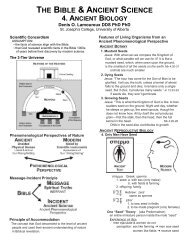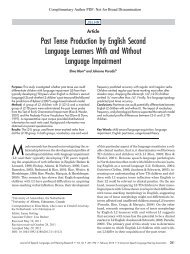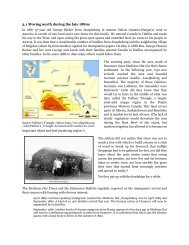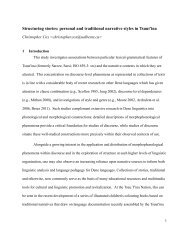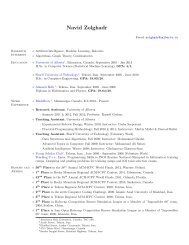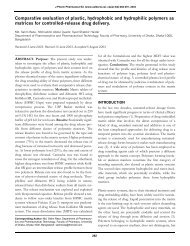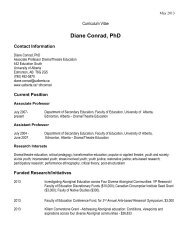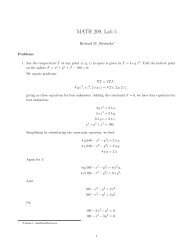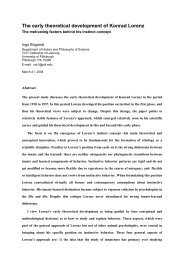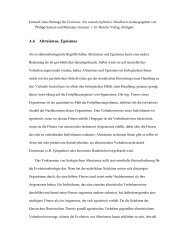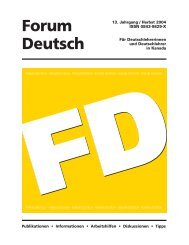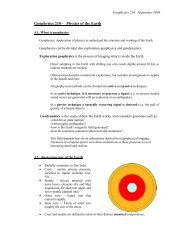Processing of Primary Fischer-Tropsch Products - University of Alberta
Processing of Primary Fischer-Tropsch Products - University of Alberta
Processing of Primary Fischer-Tropsch Products - University of Alberta
You also want an ePaper? Increase the reach of your titles
YUMPU automatically turns print PDFs into web optimized ePapers that Google loves.
In the case <strong>of</strong> zeolites, the acidity depends also on the silica/alumina ratio<br />
as well as on the zeolite structure and the degree <strong>of</strong> exchange <strong>of</strong> sodium ions<br />
with protons. In mixed zeolite amorphous silica/alumina carriers the amorphous<br />
phase can either act simply as a binder at low level or at higher levels can also<br />
contribute to the activity.<br />
6.3.3 Metal components<br />
Most commonly the metals used in hydrocracking catalysts are a<br />
combination <strong>of</strong> group VIA (molybdenum, ttmgsten) and group VIIIA (cobalt,<br />
nickel). These metals are sulphided prior to use and kept in a sulphided state<br />
during the hydrocracking operation by sulphur compounds in the feed in the case<br />
<strong>of</strong> refinery feeds or by adding sulphur containing compounds in the case <strong>of</strong><br />
sulphur free feeds, like FT derived feeds.<br />
From hydrogenation studies it was found that the optimum ratio <strong>of</strong> the<br />
metals is:<br />
Mvin/(Mvm + Mvi) = --0,25, where MvIII is Co or Ni and MvI is Mo or W.<br />
The hydrogenation activity <strong>of</strong> the various couples decrease in the order:<br />
Ni-W > Ni-Mo > Co-Mo > Co-W.<br />
The hydrogenation activity is also function <strong>of</strong> the metal loading and<br />
dispersion. The required metal loading will depend on the desired balance<br />
between the cracking/isomerisation and hydrogenation functions.<br />
The noble metal content <strong>of</strong> hydrocracking catalysts is generally around<br />
0.5% or less. For non-noble metal the loadings are 3-8% nickel or cobalt oxides<br />
and 10-30% for molybdenum or tungsten oxides.<br />
6.4 Hydroprocessing flow sheet options to produce diesel<br />
The FT syncrude upgrading may be designed in a number <strong>of</strong><br />
configurations. These can be selected by process synthesis optimisation<br />
depending on the desired product slate [77]. Four <strong>of</strong> the possible process<br />
configurations are described in Table 6 and shown in Fig. 6.<br />
511



